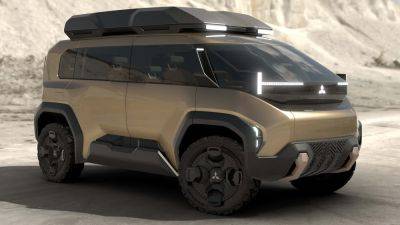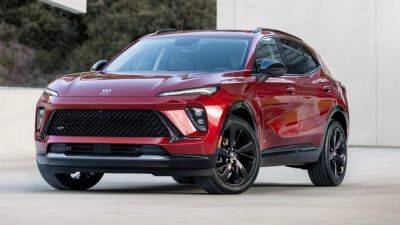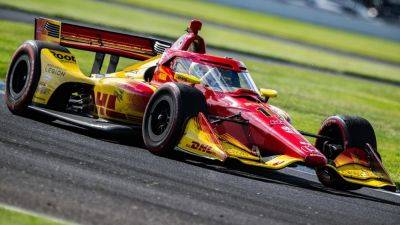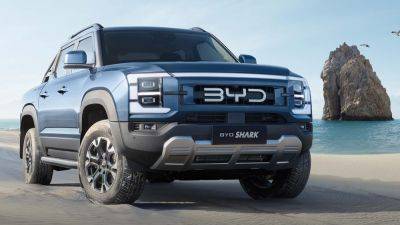Boeing’s Starliner Is Finally Ready to Launch a NASA Crew Into Space
At long last, Boeing’s Starliner spacecraft is ready to launch humans to space. Tonight, the vehicle is due to lift off from the Cape Canaveral Space Force Station in Florida, with two NASA astronauts on board, the culmination of a troubled decade of development. Now, Boeing will hope, its own promised era of private human space travel can begin.
The Crew Flight Test mission is scheduled to launch on an Atlas V rocket at 10:34 pm eastern time and begin a 25-hour journey to the International Space Station, where its two passengers—Barry Wilmore and Sunita Williams—will dock and spend about a week on board before returning home. (You can watch the Starliner launch right here.) If all goes to plan, beginning next year Starliner will officially enter service as a transportation vehicle for regularly taking humans to and from the ISS. Boeing has six NASA flights contracted, but the potential for more missions too—perhaps even to other destinations, such as private space stations.
“Having two different US-crewed vehicles is really important for us,” said NASA’s Dana Weigel, program manager for the ISS, in a news conference on May 3. “This crewed flight test is a critical stepping stone to reaching that broader goal.”
Nearly a decade ago, in September 2014, NASA chose two companies—Boeing and Elon Musk’s SpaceX—to design a new class of private spacecraft that could transport humans to low Earth orbit in the wake of the Space Shuttle’s retirement in 2011, “ending the nation’s sole reliance on Russia” to reach the station, NASA administrator Charlie Bolden said at the time.
The goal of outsourcing missions to the ISS was to allow NASA to focus on its broader goals of returning humans to the moon (which it hopes to do by 2026 as part of its Artemis program) and eventually to Mars. “The whole concept is to get to a point where NASA is freed up to think about the next horizon beyond the space station,” says Daniel Dumbacher, chief executive officer of the American Institute of Aeronautics and Astronautics.
SpaceX, which received an initial $2.6 billion as part of the program, has already fulfilled its side of the bargain. In 2020, its Crew Dragon spacecraft launched its







